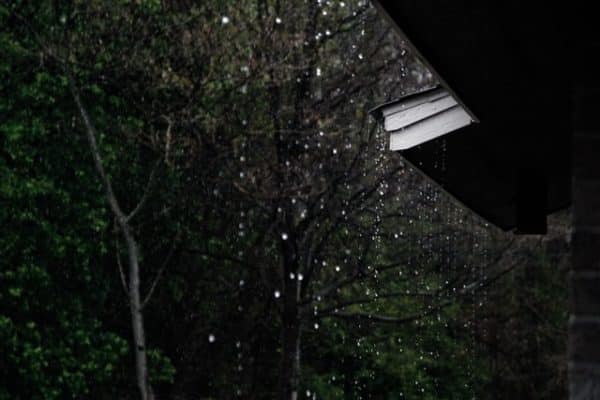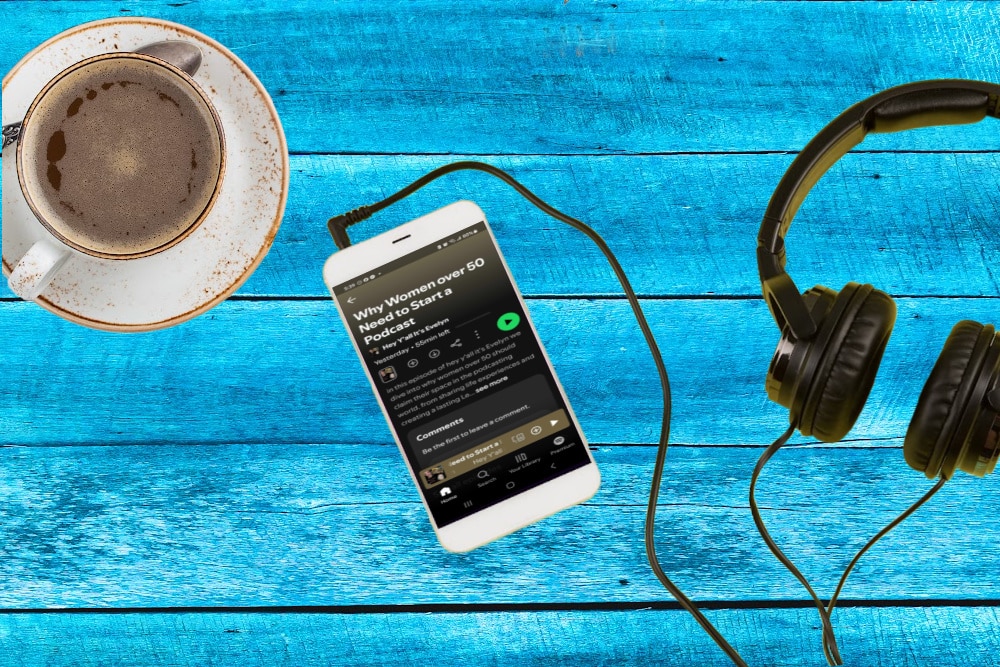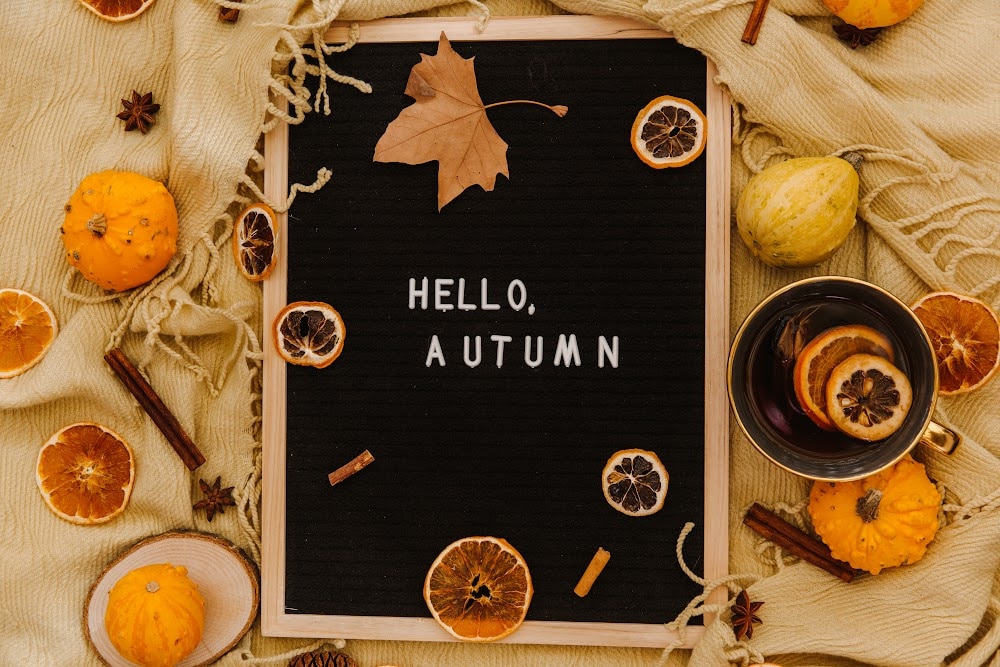When you hear about significant flood damage caused to homes across the country, you probably think, “that will never happen to me.” But the truth is, it could.
Floods are the most common natural hazards in the US, causing damage to homes, wildlife, and the environment. Even if you don’t think your home is at serious risk, it doesn’t hurt to take precautions.
Taking simple steps to protect your home will give it the best chance of surviving a flood. Take a look at the following tips to keep your home safe from flooding.
Assess your risk
It’s easier than ever to work out if your home is at risk of flooding. Flood Factor can help you see if there have been previous floods, and whether there are any current risks.
It also helps to keep an eye on the weather. Advance warning of storms, hurricanes, and snow can help you prepare your home for any impending weather. Be a good neighbor and let others know if there is severe weather on the way – you’ll be grateful when they reciprocate in the future.
Put barriers in place
There are different things you can do to minimize the damage caused by flooding. Having additional drainage systems, installing flood panels, and ensuring all vulnerable areas are tightly sealed will help you prevent water from entering your home. Investing in some sandbags is another way to keep your home protected after receiving a weather warning. You can learn more about the Benefits of Flood Panels and other flood barriers for your home by both researching online and speaking with companies well-versed in property waterproofing.
Make sure your insurance covers flooding
Despite your best efforts, flooding can still cause damage to your home. Having insurance in place to protect your home against flood damage can help protect your finances, and ensure you can carry out repairs quickly. You may need to work with a flood damage public adjuster to help you make a claim. Review your insurance regularly to make sure you’re fully covered for what you need. Some cleaning and restoration services may be covered by your policy. This may help to pay for professionals like Protegrity Restoration to clean and restore your home after a flood.
Don’t forget to check your car insurance to see what the flooding policy is. Your car may not be covered for flood damage under your home insurance.
Know the signs to look for
Even if a storm doesn’t flood your home, it doesn’t necessarily mean you’ve escaped damage completely. There may be signs of damage you haven’t noticed, that could have weakened your home against further severe weather. There are things you can do after a storm to make sure your home isn’t damaged, and to check for signs of future hazards. From your roofing to your fencing, inspect everything in detail to help you make repairs that will protect your home from further damage.
Flood damage can be devastating. It can not only damage your property and belongings, but it can displace and disrupt too. Flooding isn’t something to take chances with, and by putting the necessary protection in place, you won’t have to worry every time you see a gray cloud in the sky. Assess whether your home is at risk of flooding and take steps to protect it.





